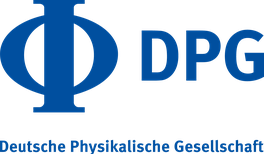
Quantum interference (QI) effect in molecular devices introduces an abrupt dip in the transmission spectra, thus it can be used to a series of applications such as molecular switches and molecular thermoelectric devices. For the development of the QI-based molecular devices, it is important to give the guideline to predict and to control the shape and positions of QI in transmission spectra. For this purpose, we present a simple graphical approach (called as "parabolic model") to predict the appearance, shape, and energy position of the QI in transmission spectra for T-shaped molecular devices. We show that this "parabolic model" enables one to visualize the relationship between key electronic parameters and the shape of transmission functions without calculating transmission functions.

Quantum interference (QI) effect in molecular devices introduces an abrupt dip in the transmission spectra, thus it can be used to a series of applications such as molecular switches and molecular thermoelectric devices. For the development of the QI-based molecular devices, it is important to give the guideline to predict and to control the shape and positions of QI in transmission spectra. For this purpose, we present a simple graphical approach (called as "parabolic model") to predict the appearance, shape, and energy position of the QI in transmission spectra for T-shaped molecular devices. We show that this "parabolic model" enables one to visualize the relationship between key electronic parameters and the shape of transmission functions without calculating transmission functions.